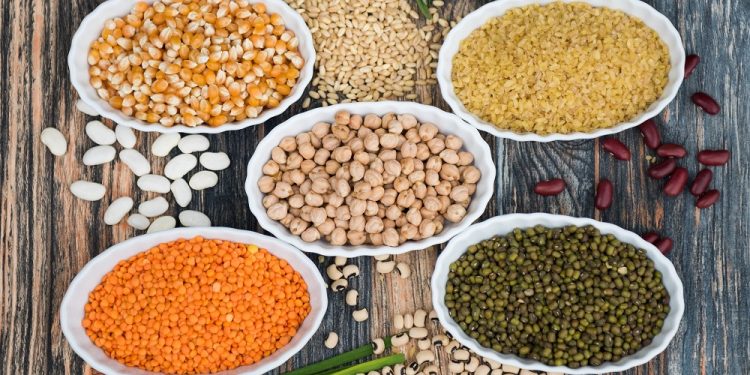
World Pulses Day
World Pulses Day is a holiday observed annually on February 10th. It celebrates the edible seeds of plants in the legume family. According to the United Nations Food and Agriculture Organization (FAO), there are eleven different types of pulses: dry peas, cowpeas, chickpeas, dry beans, pigeon peas, lentils, dry broad beans, Bambara beans, lupins, vetches, and minor pulses that don’t fall into other categories.
This group of food provides vitamins and minerals, protein, and dietary fiber to people all over the world, and for many, they are an inexpensive way to obtain the nutrition they need. So no one should wonder why they have received their own holiday.
The History of World Pulses Day
On December 20th, 2013, the General Assembly of the United Nations adopted resolution A/RES/68/231 and designated 2016 as the International Year of Pulses. This celebration turned out to be extremely popular, and the UN soon realized that pulses could help them achieve their 2030 Agenda for Sustainable Development.
A general holiday to be observed every year was proposed by Burkina Faso, and on December 20th, 2018, the United Nations adopted resolution A/RES/73/251. This resolution established February 10th as World Pulses Day. The following year, the holiday was observed for the first time and has been an annual celebration ever since.
Some Interesting Facts About Pulses
Since pulses offer so much for so little, we thought we’d take a few moments to talk about them. The following facts should give everyone reading today a better idea of just how important pulses are to the world, so let’s take a look at them before continuing with the discussion of World Pulses Day.
- The word “pulses” comes from the Latin word “puls,” which means thick gruel.
- Humans have depended on pulses for thousands of years.
- Research shows that lentils have been grown in Turkey since at least 8000 B.C.
- To grow one pound of pulses, it takes approximately 43 gallons of water.
- Soybeans and peanuts both require significantly more water to grow than pulses.
- Because pulses fix nitrogen in the soil, they enrich the soil as they grow.
- In low-income countries, pulses account for approximately 10% of the population’s protein intake.
Observing World Pulses Day
This day allows the UN to raise public awareness about pulses and the role they play in sustainable agrifood systems. People can contribute to that goal by using the hashtag #WorldPulsesDay on social media. They can also try their hand at growing their own pulses or donate pulses to their local seed bank.








